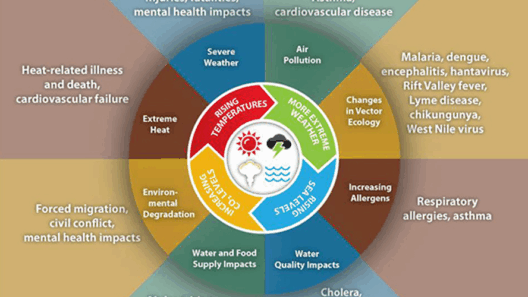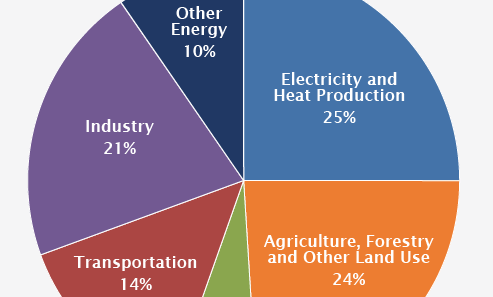New Mexico, often referred to as the Land of Enchantment, boasts a climate that is as diverse as its stunning landscapes. Stretching from the arid deserts in the south to cooler mountain regions in the north, the state’s climate intricately shapes its environment and culture. The unique meteorological conditions present in New Mexico offer a fascinating context for understanding the myriad of life forms that thrive here, as well as the environmental challenges faced by this distinctive region.
The state experiences a semi-arid climate, characterized by notable temperature fluctuations and variable precipitation patterns. Precipitation is sporadic, with much of the moisture concentrated in the late summer months through monsoonal rains. The prevailing aridity contributes to the iconic desert landscapes, featuring expansive open skies and rugged terrains. These conditions come together to foster a unique biodiversity that thrives in the balance between scarcity and abundance.
During the summer months, temperatures can soar dramatically, often reaching over 100°F (38°C) in the southern desert areas. This searing heat is counterbalanced by exceptionally cool nights, a phenomenon attributed to the low humidity levels. The diurnal temperature range, marked by this stark contrast between day and night, is one of the most distinctive features of New Mexico’s climate. Such fluctuations affect flora and fauna, infusing resilience into desert species and creating a rich tapestry of life.
In contrast, higher elevations in the northern part of the state experience a much cooler and more temperate climate. The Sangre de Cristo Mountains, for instance, provide a lush environment that sharply contrasts with the parched landscapes to the south. Here, temperatures are milder, and the area receives more significant snowfall in the winter months. This variation in climate fosters diverse ecosystems, ranging from high desert plateaus to thriving coniferous forests.
As one traverses the state, the surreal beauty of the landscapes unfurls—a vivid palette of ochres, rusts, and greens. The skies, often painted with breathtaking clouds during the day, transition into expansive starlit canvases at night, revealing the wonders of the universe. This expanse of sky plays a crucial role in the cultural identity of New Mexico, capturing both the awe of those who inhabit the land and the attention of visitors.
The interplay of climate and culture is evident in the architectural designs found throughout New Mexico. Many structures are built to withstand the fierce summer sun and retain warmth during the chilly nights. Adobe constructions, with their thick walls, evoke a sense of harmony with the environment, showcasing an ability to adapt to climatic extremes. Such architectural traits reflect a deep understanding of the natural world, emphasizing the importance of sustainable practices even in the realm of design.
Moreover, New Mexico is home to unique agricultural practices that have evolved alongside its climate. The uses of irrigation techniques, like acequias—traditional earthen irrigation ditches—demonstrate the ingenuity of local communities in managing scarce water resources. These time-honored practices provide a lifeline for crops, enabling the cultivation of traditional staples like corn, beans, and chile, which are central to New Mexican cuisine. The cultivation of these crops, deeply interwoven with the identity of the region, provides sustenance and celebrates a connection to the land.
However, while New Mexico’s climate is rich in diversity, it is not without its challenges. Climate change poses significant threats to the delicate balance of ecosystems and human communities alike. Increasing temperatures, prolonged droughts, and erratic weather patterns jeopardize agriculture, water supply, and biodiversity. Ecosystems that once thrived under the existing climate patterns are now facing existential threats, compelling local communities and environmentalists to seek innovative solutions to mitigate these effects.
Efforts toward conservation and sustainable practices are essential in fostering resilience against climate change. Initiatives aimed at preserving water resources, promoting renewable energy, and protecting biodiversity are increasingly becoming focal points within the community. The restoration of native habitats and the careful management of land can contribute to enhanced ecological stability, aligning human activities more harmoniously with the environment.
In addition to local efforts, there exists a need for broader awareness and action to address climate change on a global scale. New Mexico’s climate serves as a compelling microcosm of the larger environmental issues facing our planet. Engaging in conversations about climate resilience, conservation, and sustainability can foster a community of informed advocates dedicated to preserving the unique beauty of New Mexico and safeguarding its future.
In conclusion, New Mexico presents an intricate interplay of dramatic temperatures and breathtaking desert landscapes, captivating the attention of those who venture into its realm. The state’s climate, while presenting noteworthy challenges, also invites a collective responsibility to ensure the longevity of its ecosystems and the preservation of its cultural heritage. By fostering curiosity and encouraging meaningful action, there lies an opportunity to reshape our relationship with the natural world, embracing a future that honors the delicate balance of this enchanting land.






